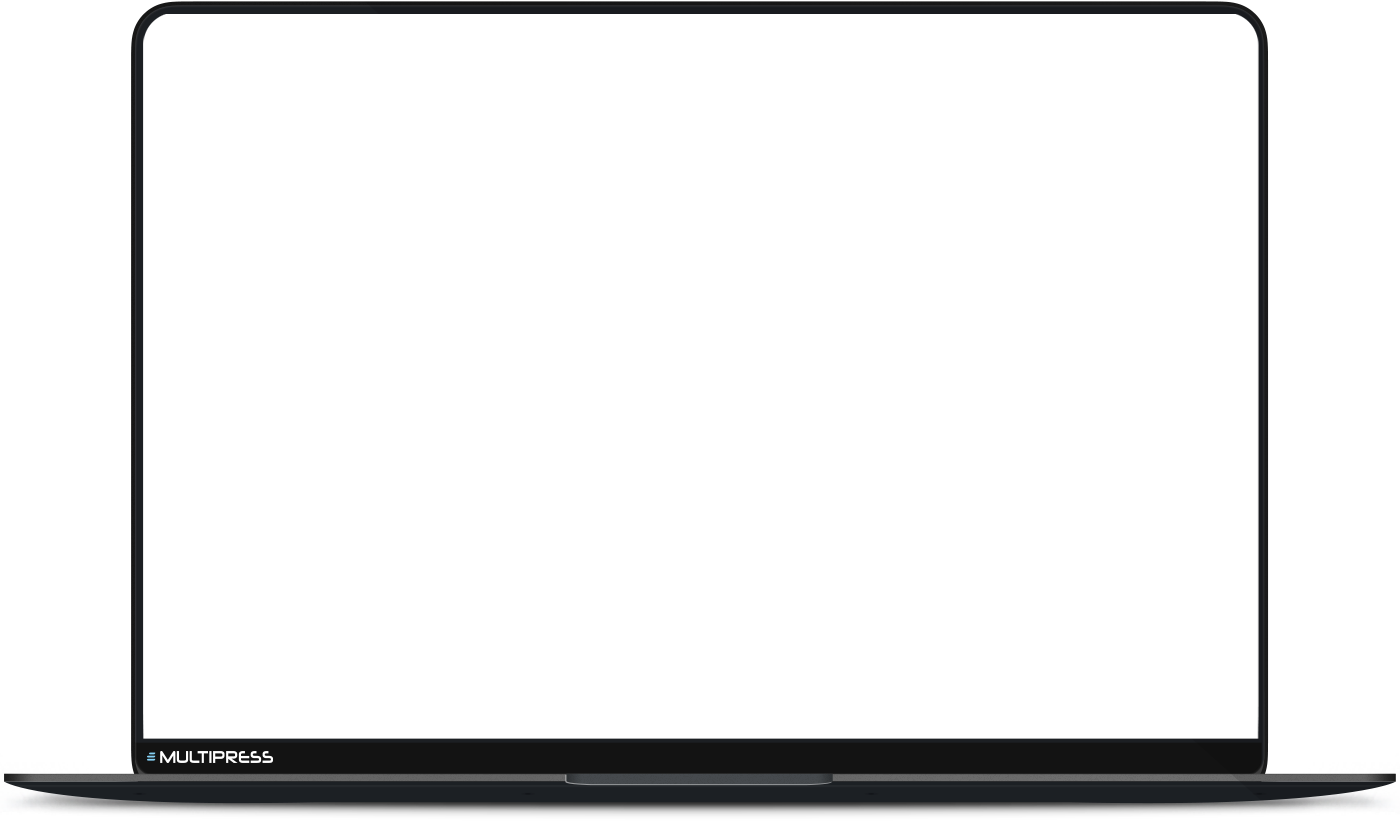Effortless calculations for labels and packaging with the die-cut library
Many print companies face the same issue: when imposing, the die-cuts of labels and packaging often force you away from a dynamic layout in the imposition phase of the printing process. For print products with irregular shapes, it is a challenge to combine as many of these products on a single sheet. And that smart combination is beneficial because it reduces the number of sheets needed, shortens production time, and minimises material waste, which is especially advantageous when using expensive substrates.
This advanced calculation technique allows you to define die-cuts for labels and packaging in MultiPress. It helps you prepare the imposition scheme for production and easily calculate the price of special die-cuts for digital, offset, and rotary printing.
A die-cut library is an essential tool in the printing and packaging industry, directly impacting the efficiency of product development and production processes. The library acts as a centralised, digital collection of all existing and predefined die-cuts created over time, allowing for quick access and reuse.
The die-cut library is integrated with MultiPress, enabling direct links to production processes. This integration allows production managers to seamlessly select and adjust existing die-cuts, resulting in faster turnaround times and fewer errors in the production process.
With MultiPress you can easily calculate the cost and production times of your print job. The MultiPress calculation engine calculates the plates, the ink and the set-up times for each job. MultiPress takes into account the expected production speed (depending on the ink usage per printing form) and the required amount. When in doubt about the chosen printing press or layout, MultiPress will calculate the most economical combination and recalculate for all comparable combinations to achieve the most economical production cost.
- More orders in less time: automated combination of irregular forms (sometimes even from multiple jobs) on a printing sheet greatly simplifies the entire order flow, with fewer job changes and efficient production capacity
- Less material loss, lower costs: the production of combined orders requires fewer printing plates and reduces the amount of paper or substrate lost during order changes. All partial orders benefit from these advantages
- Sharper prices, better margins: the savings in time and costs allow for sharper offers or wider margins

